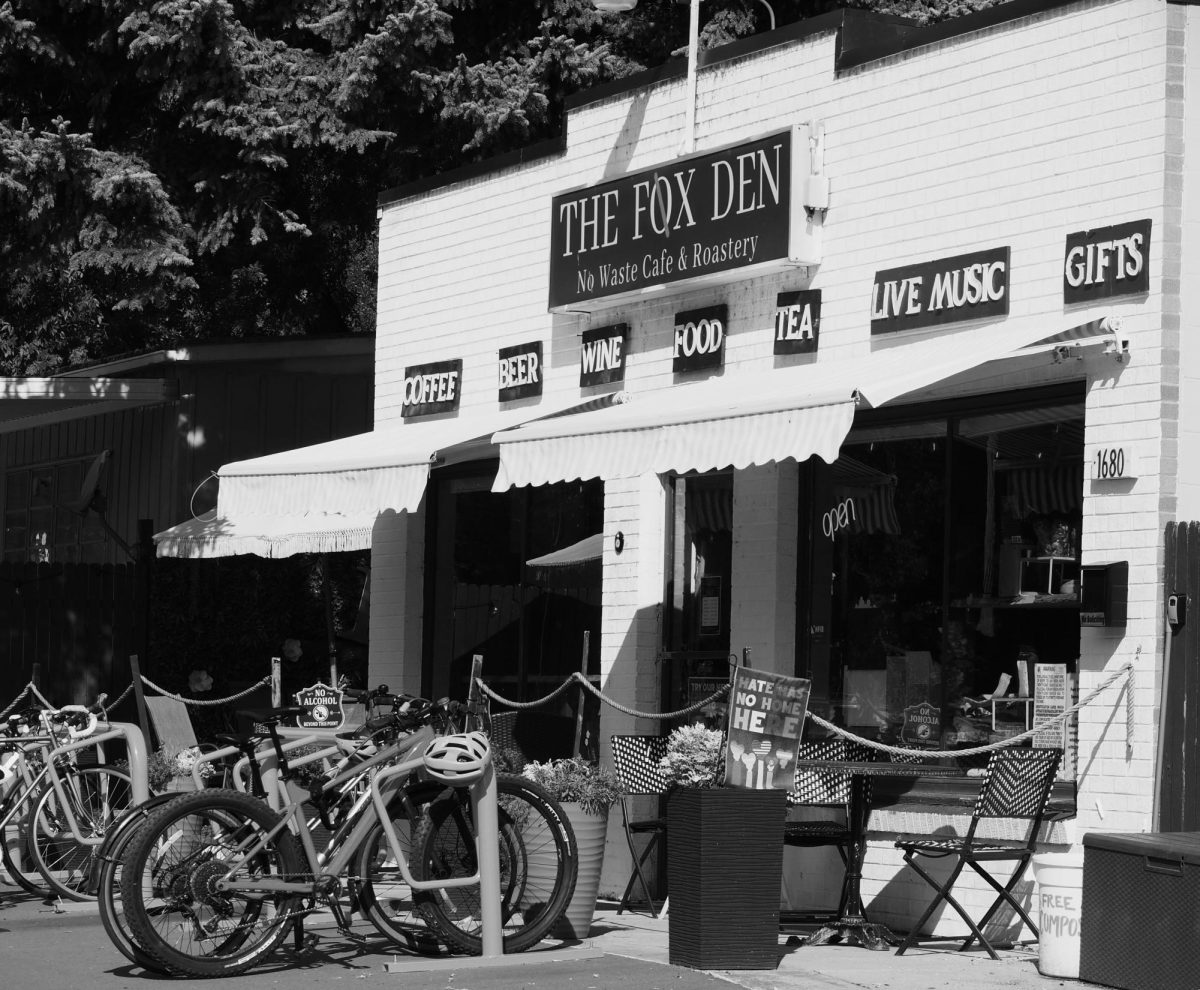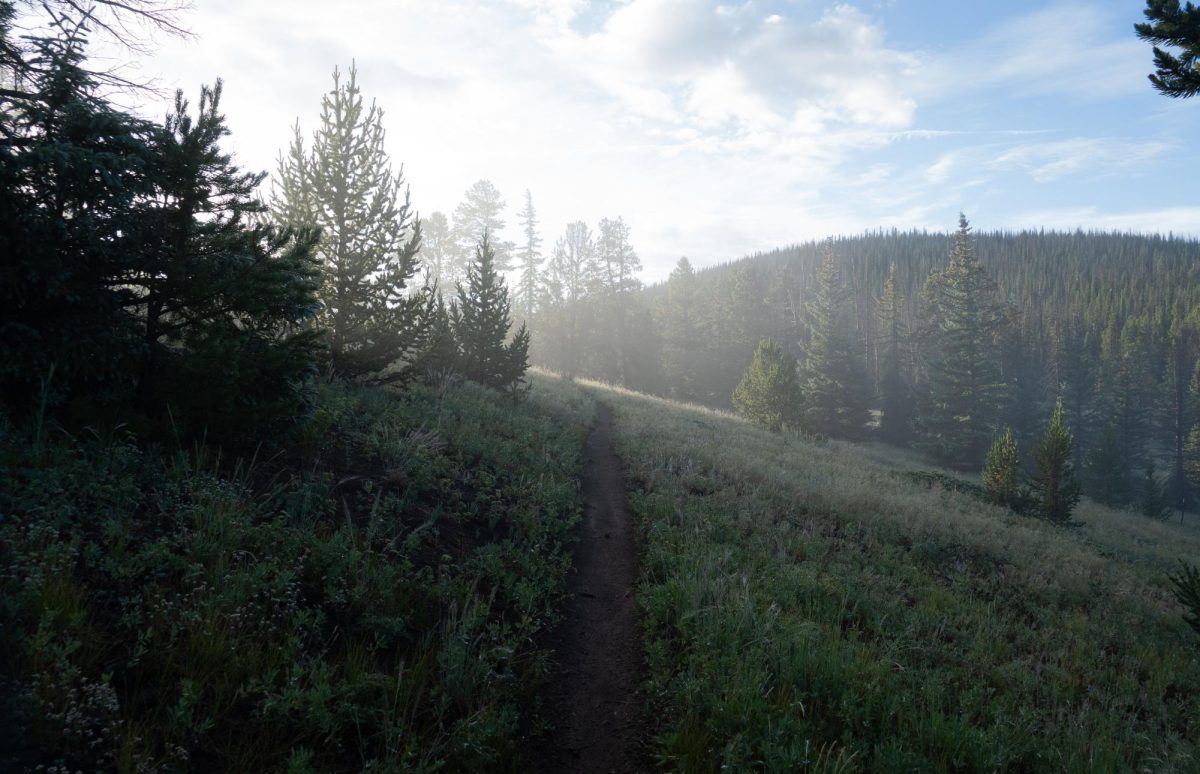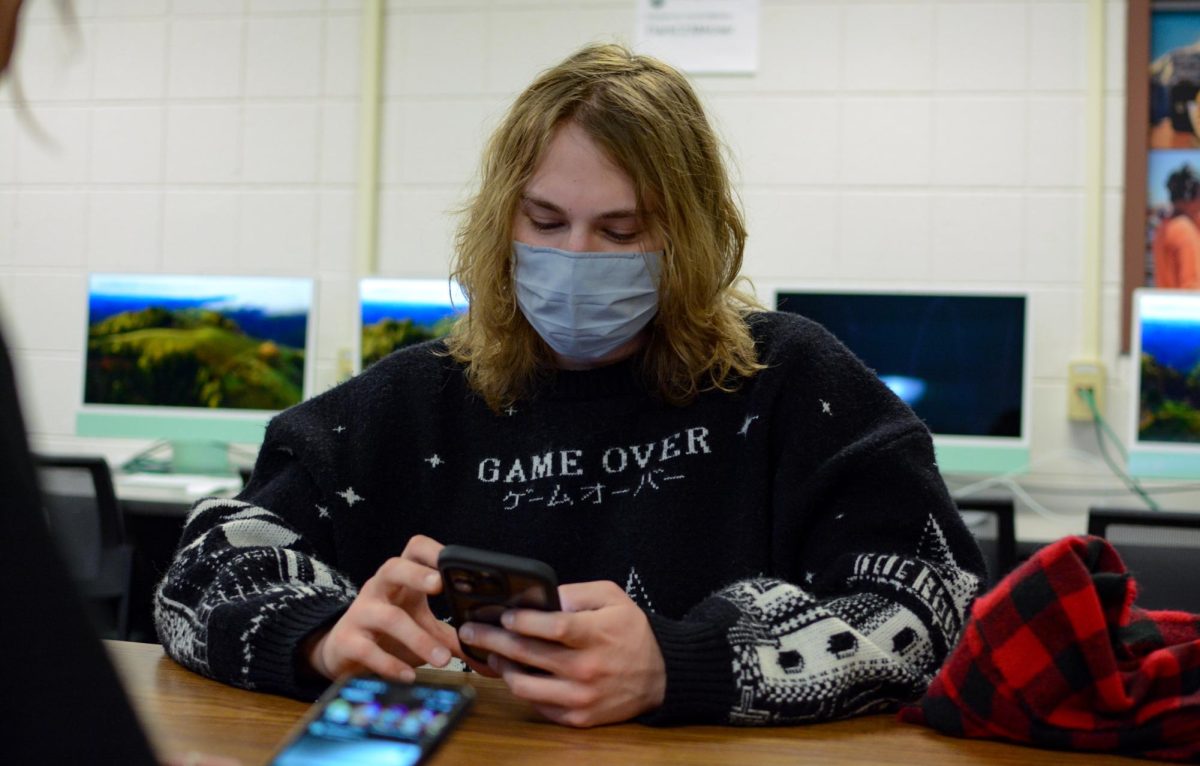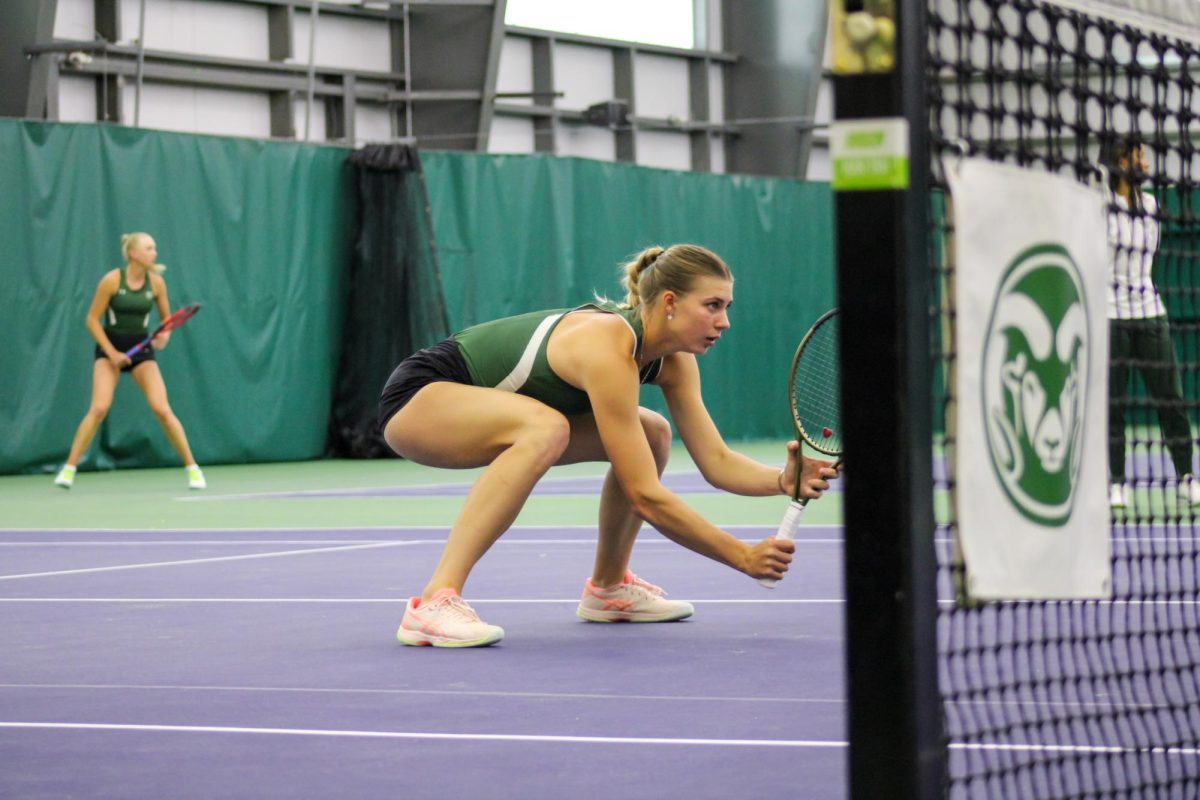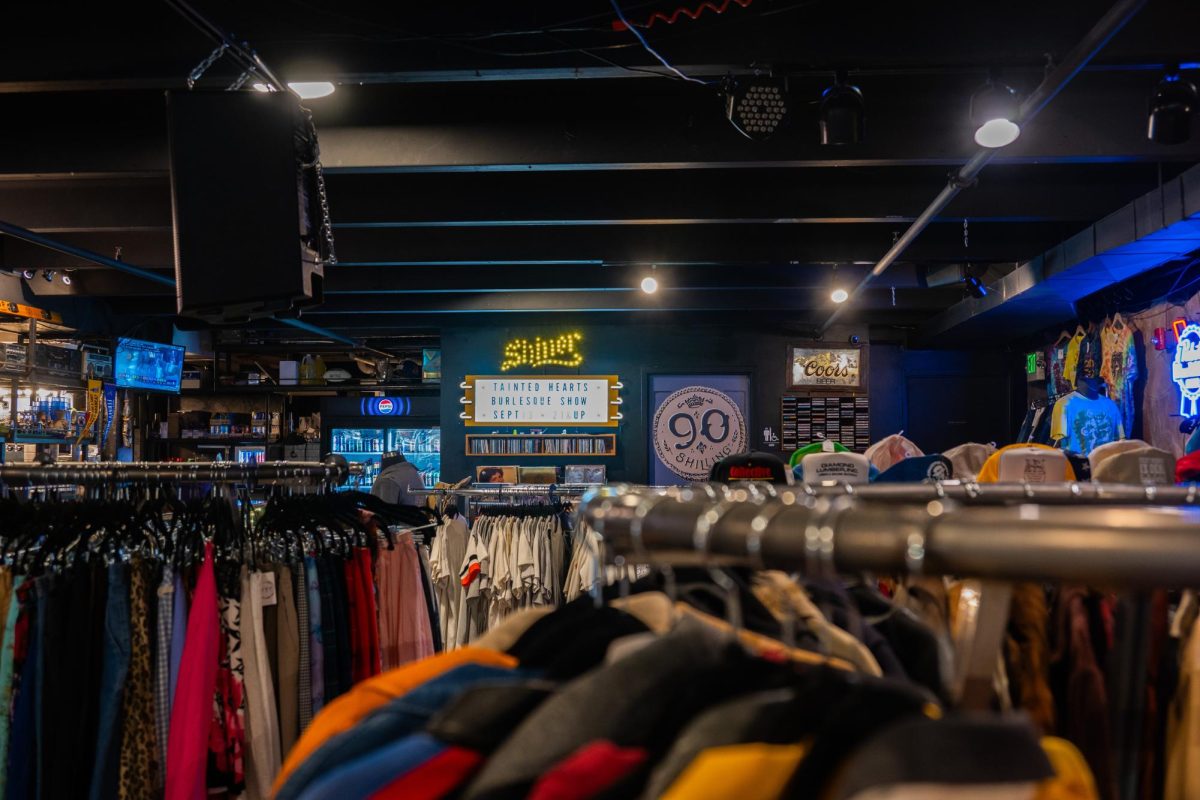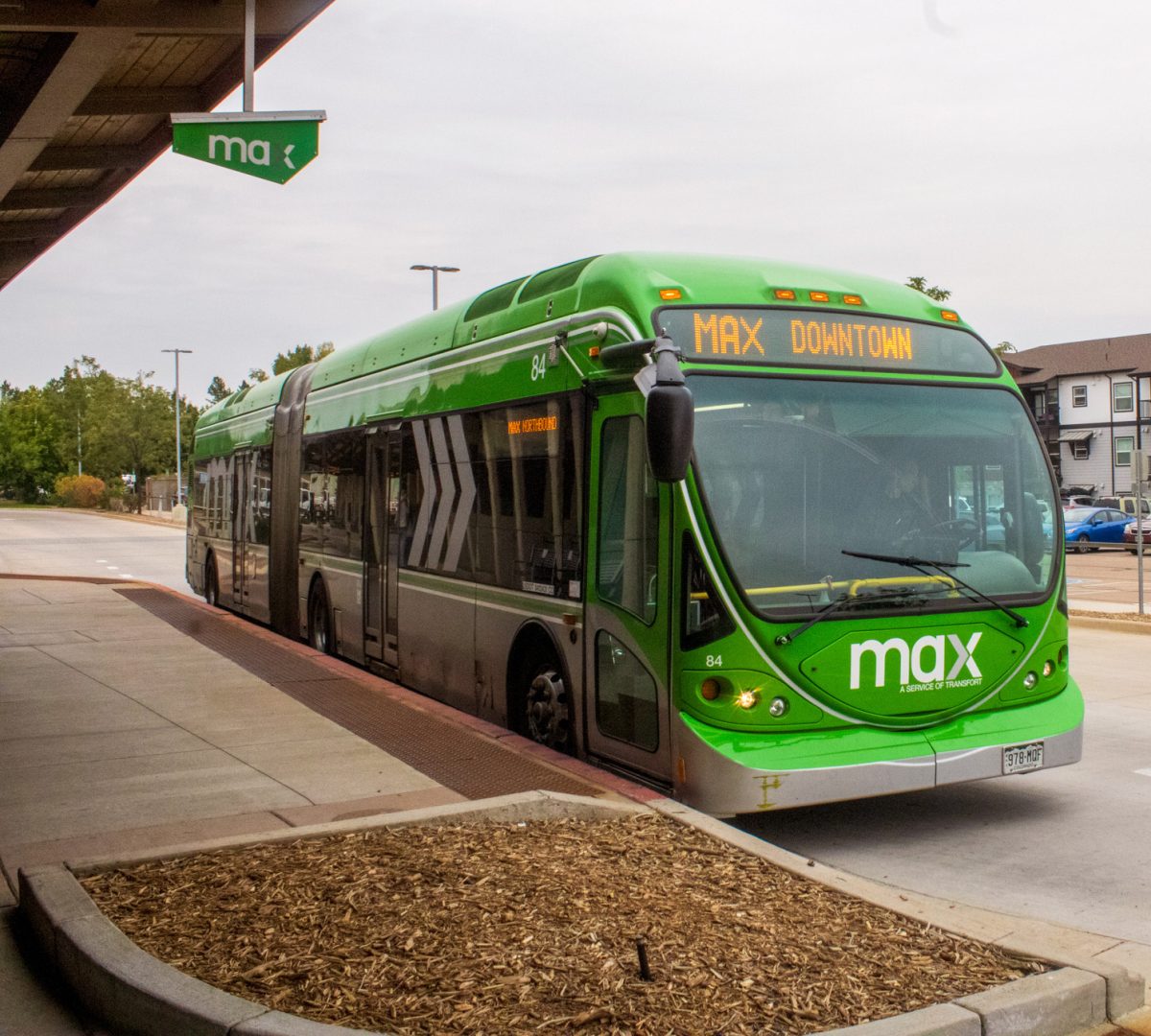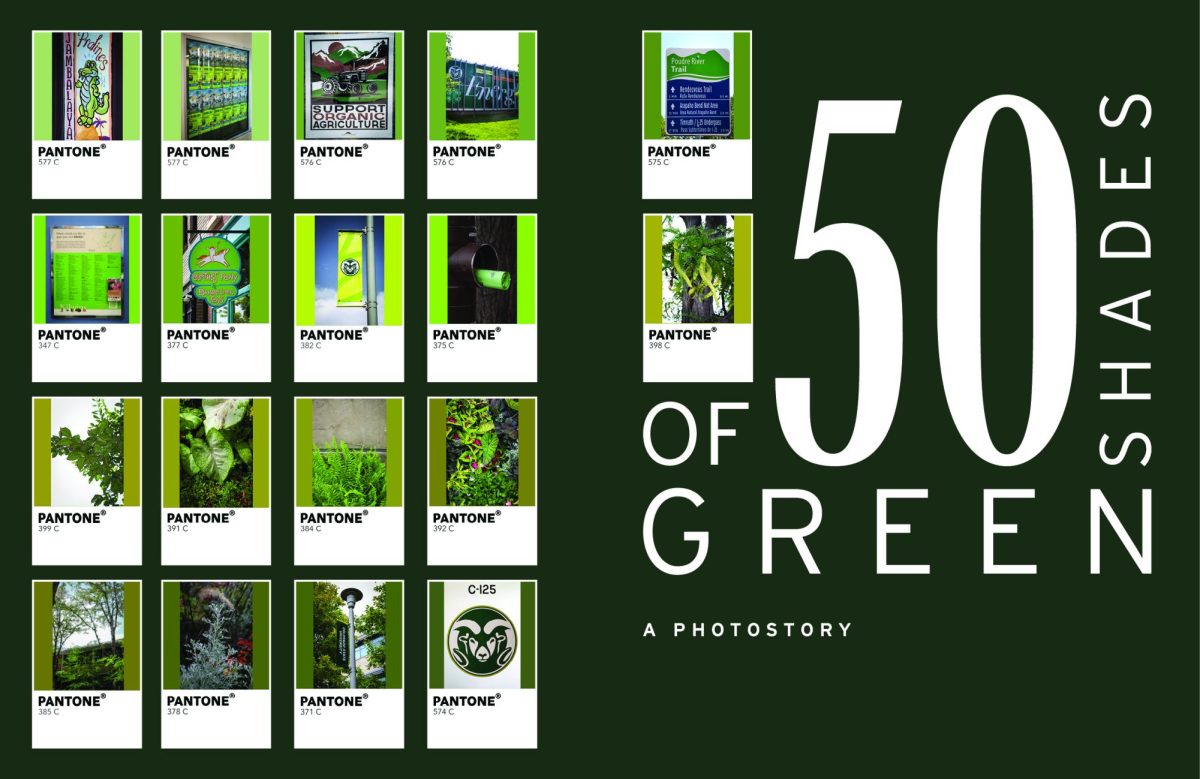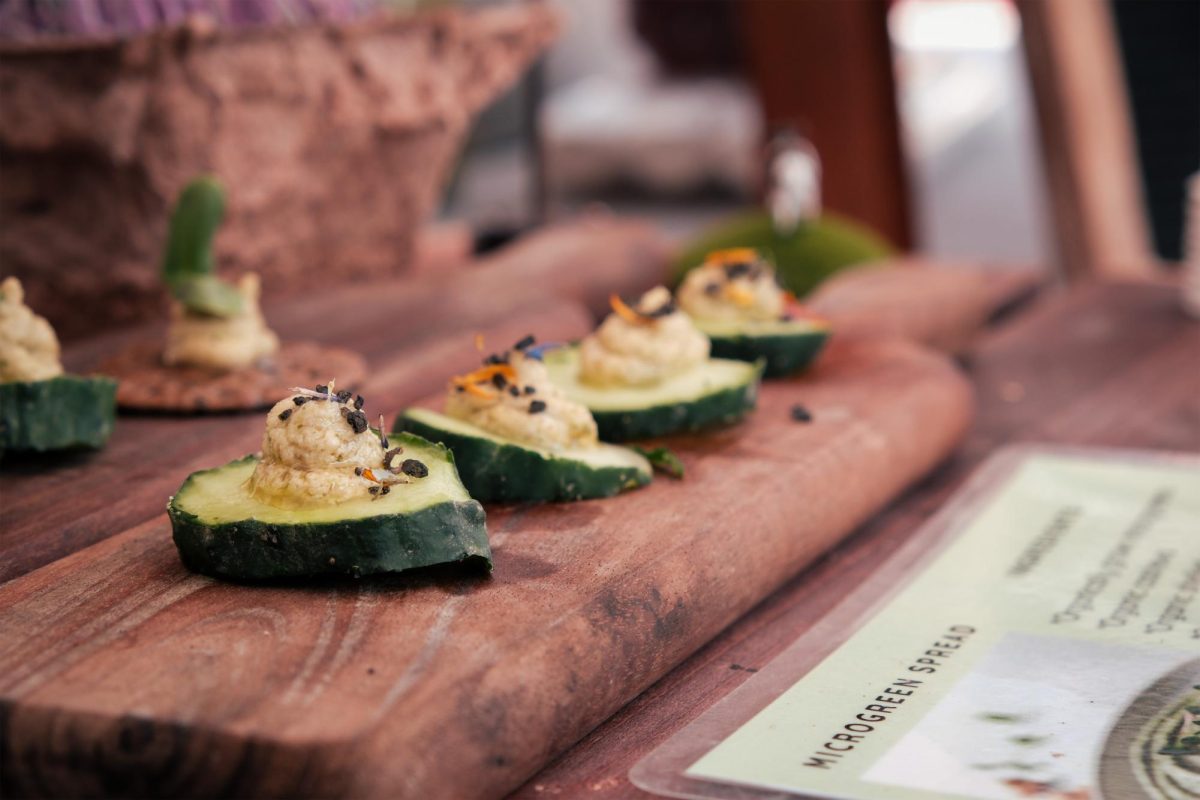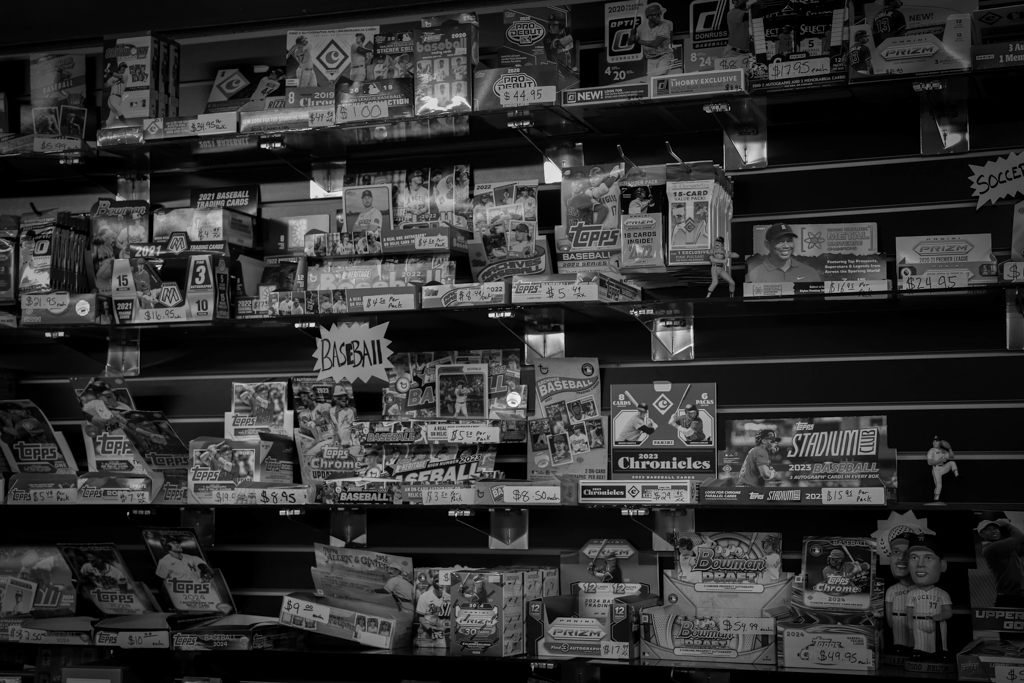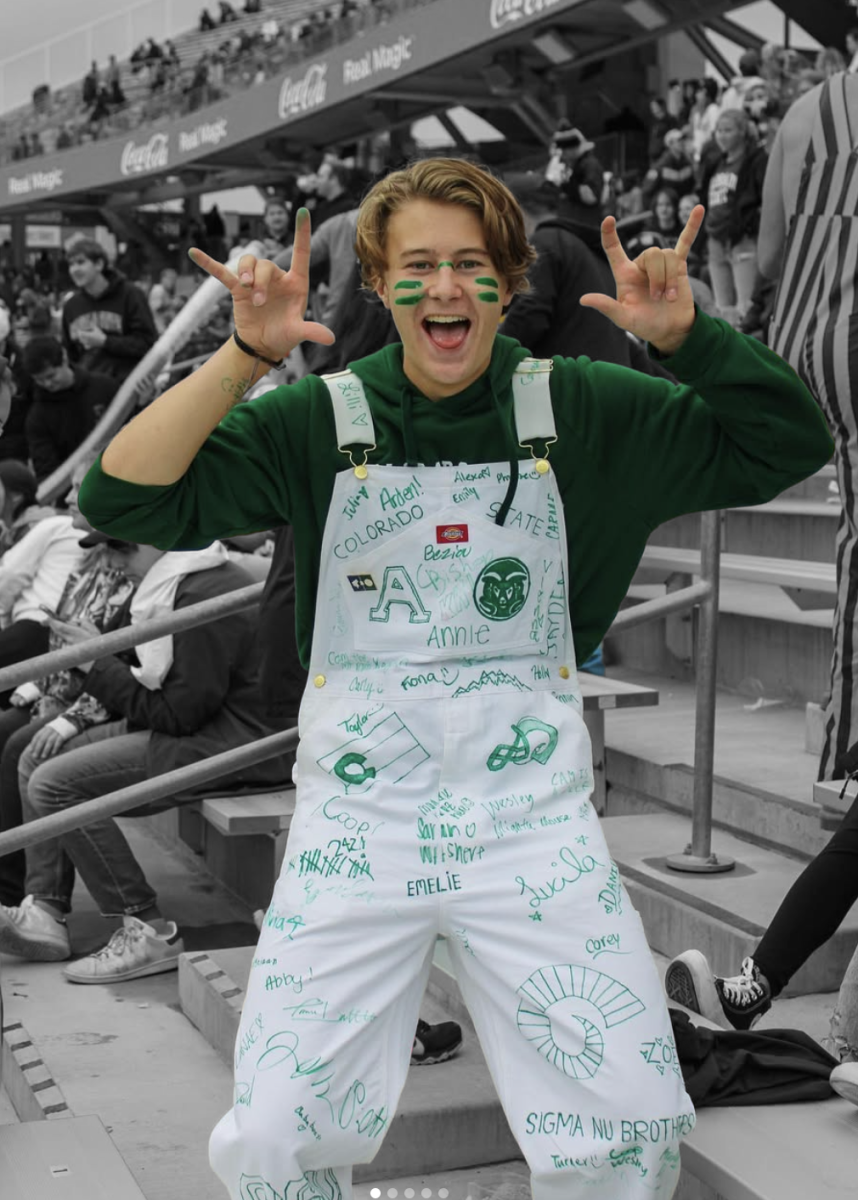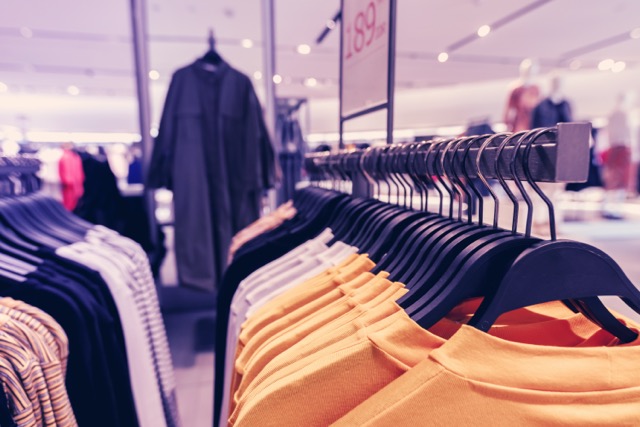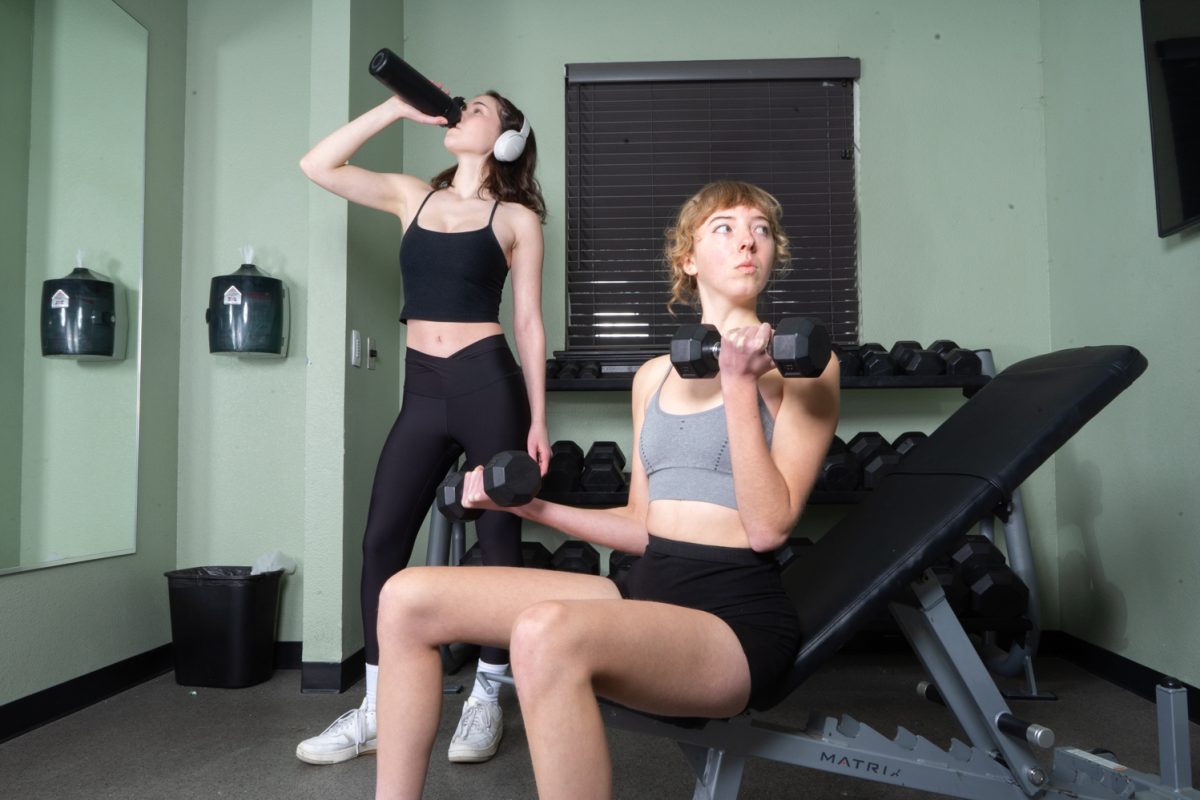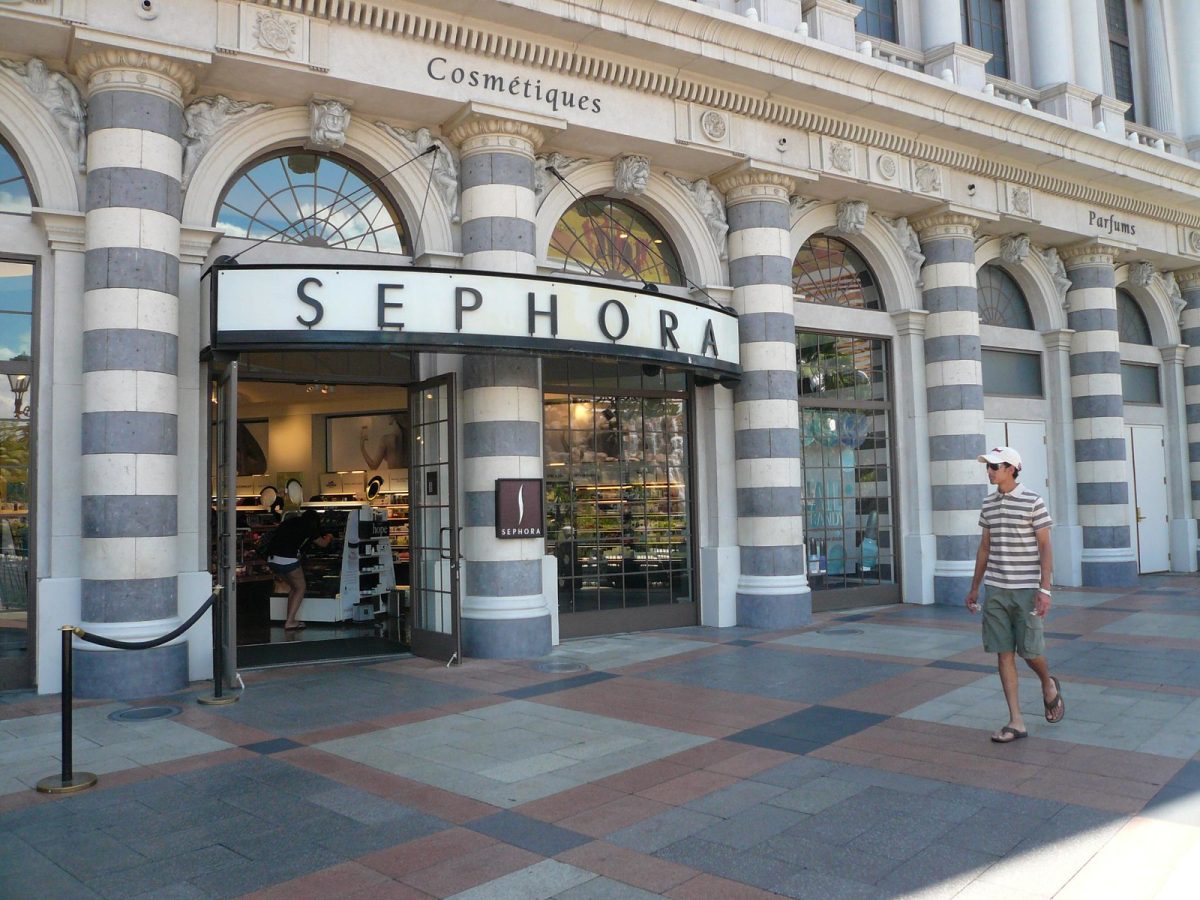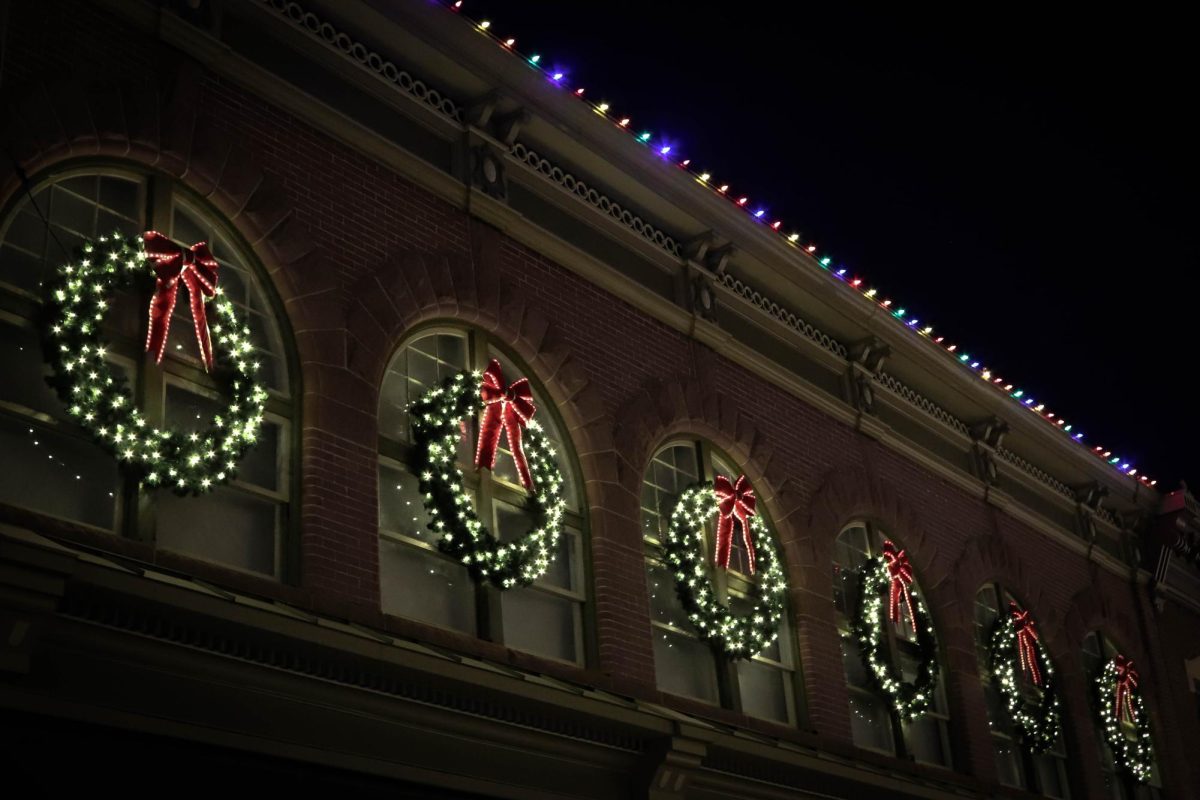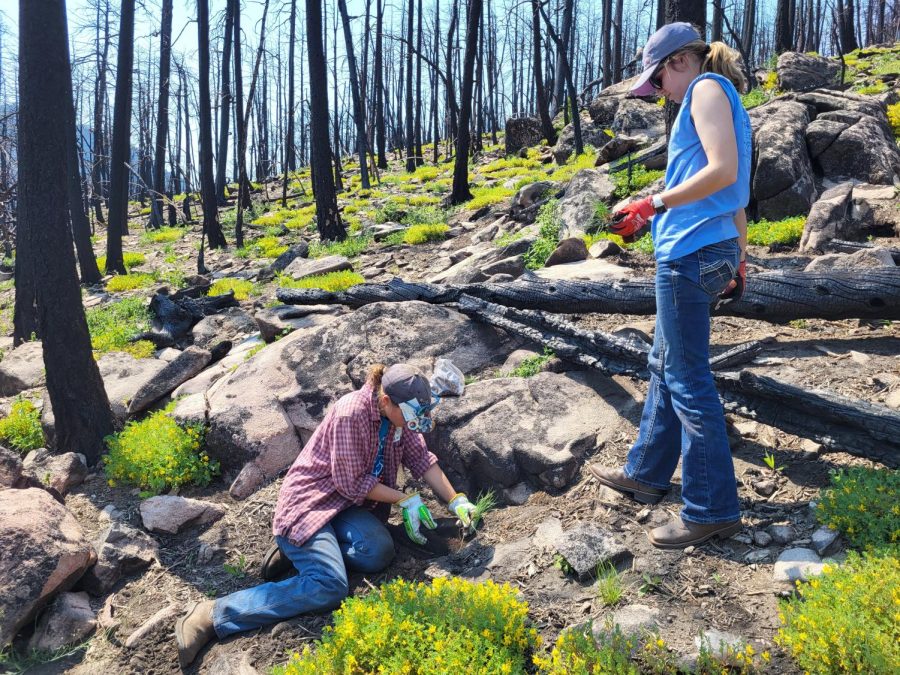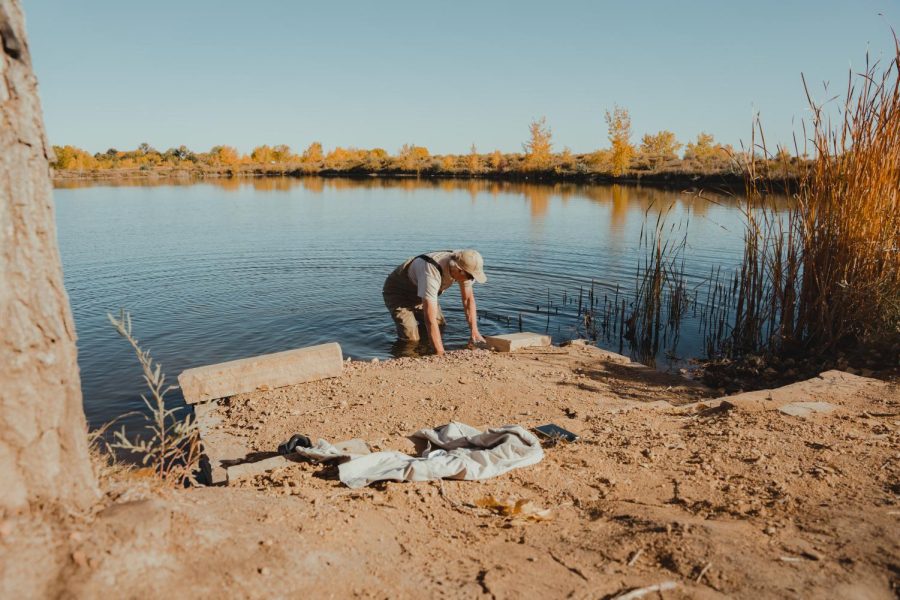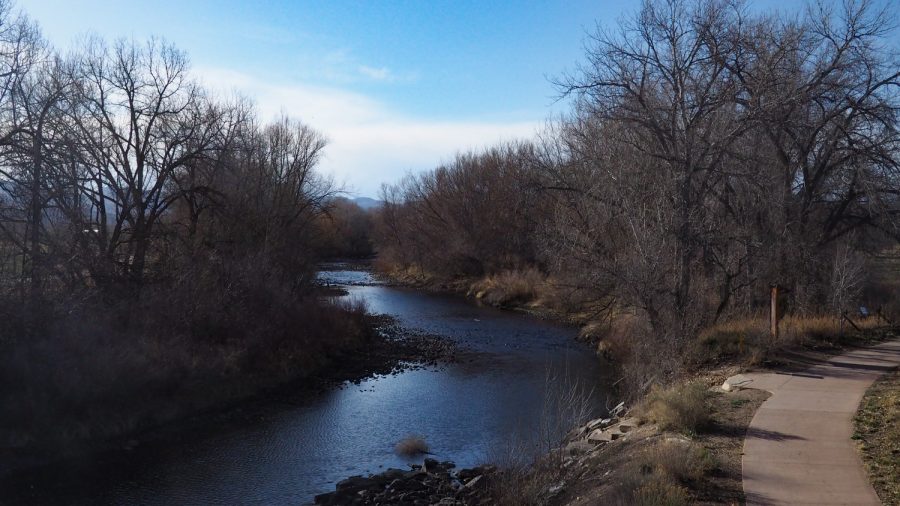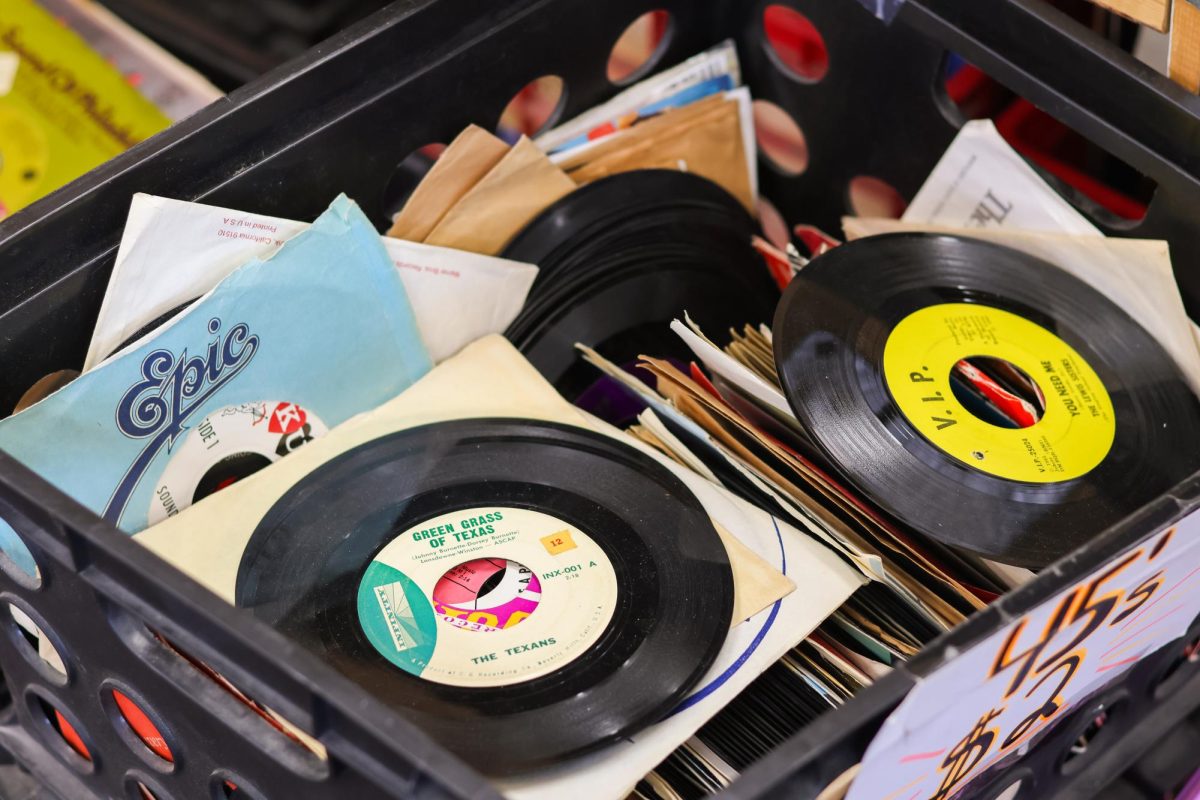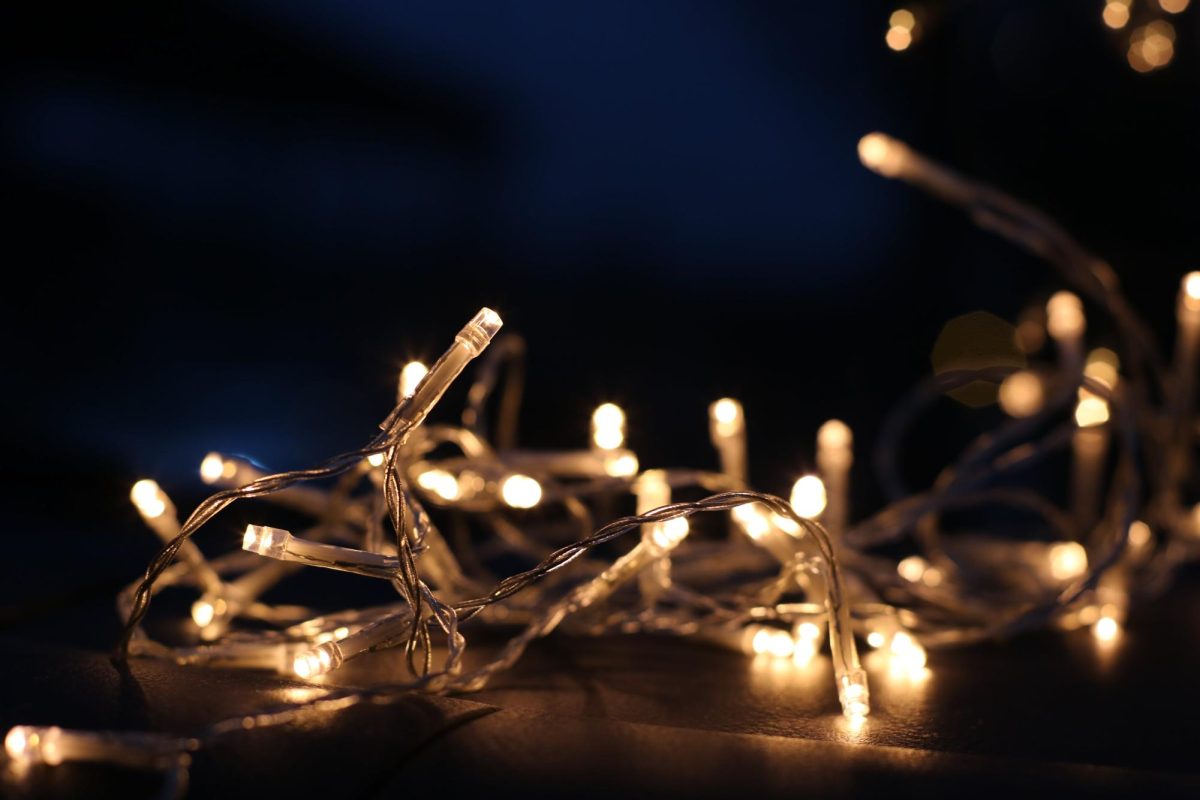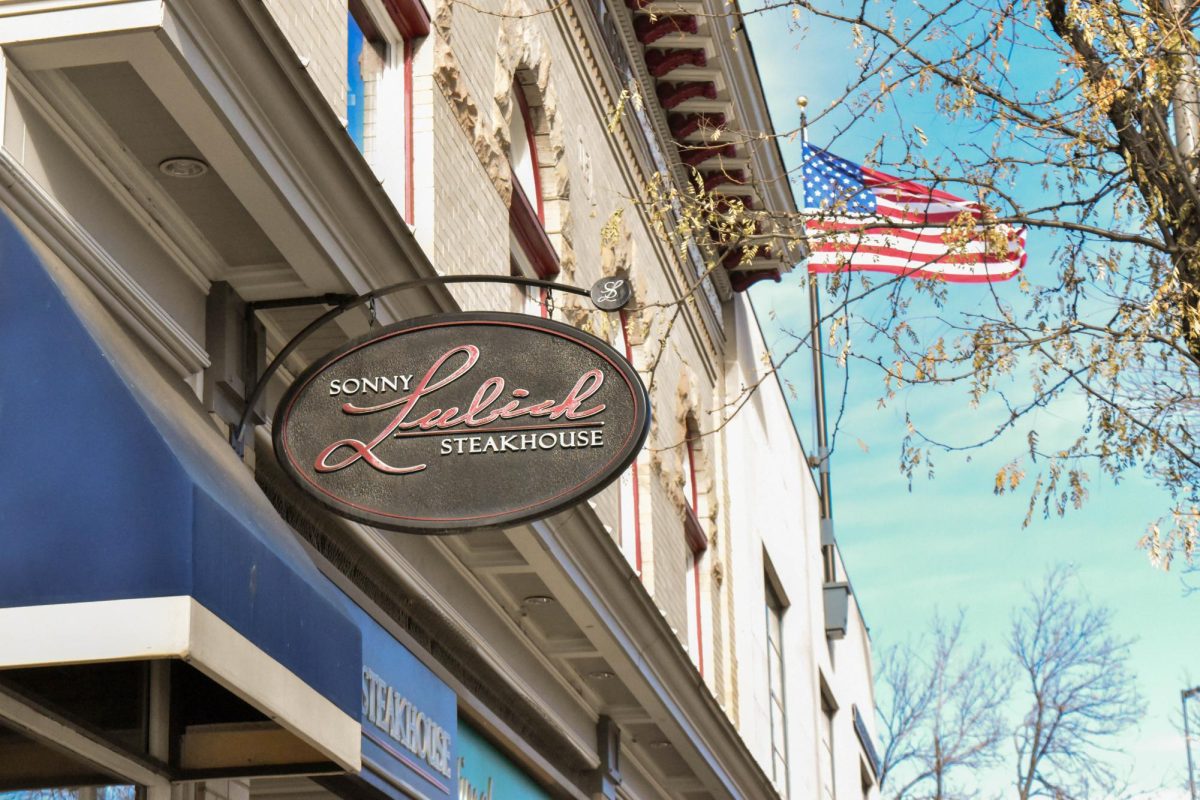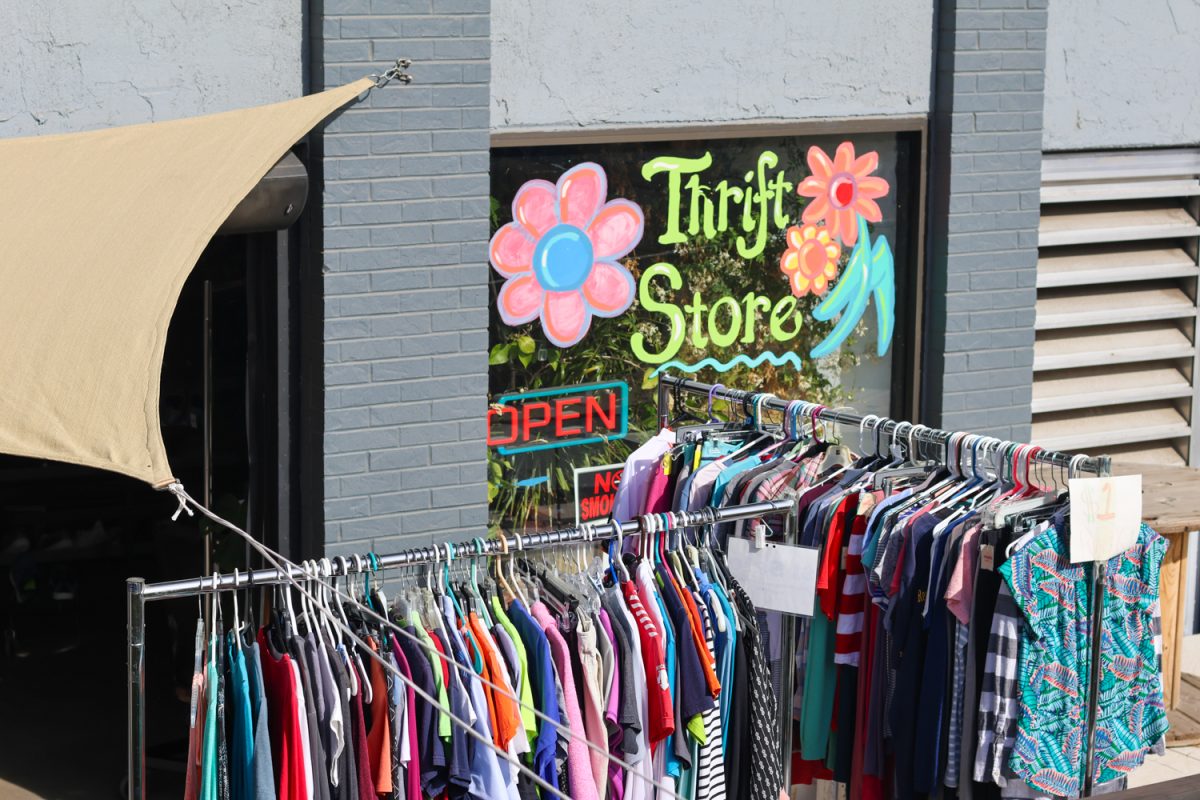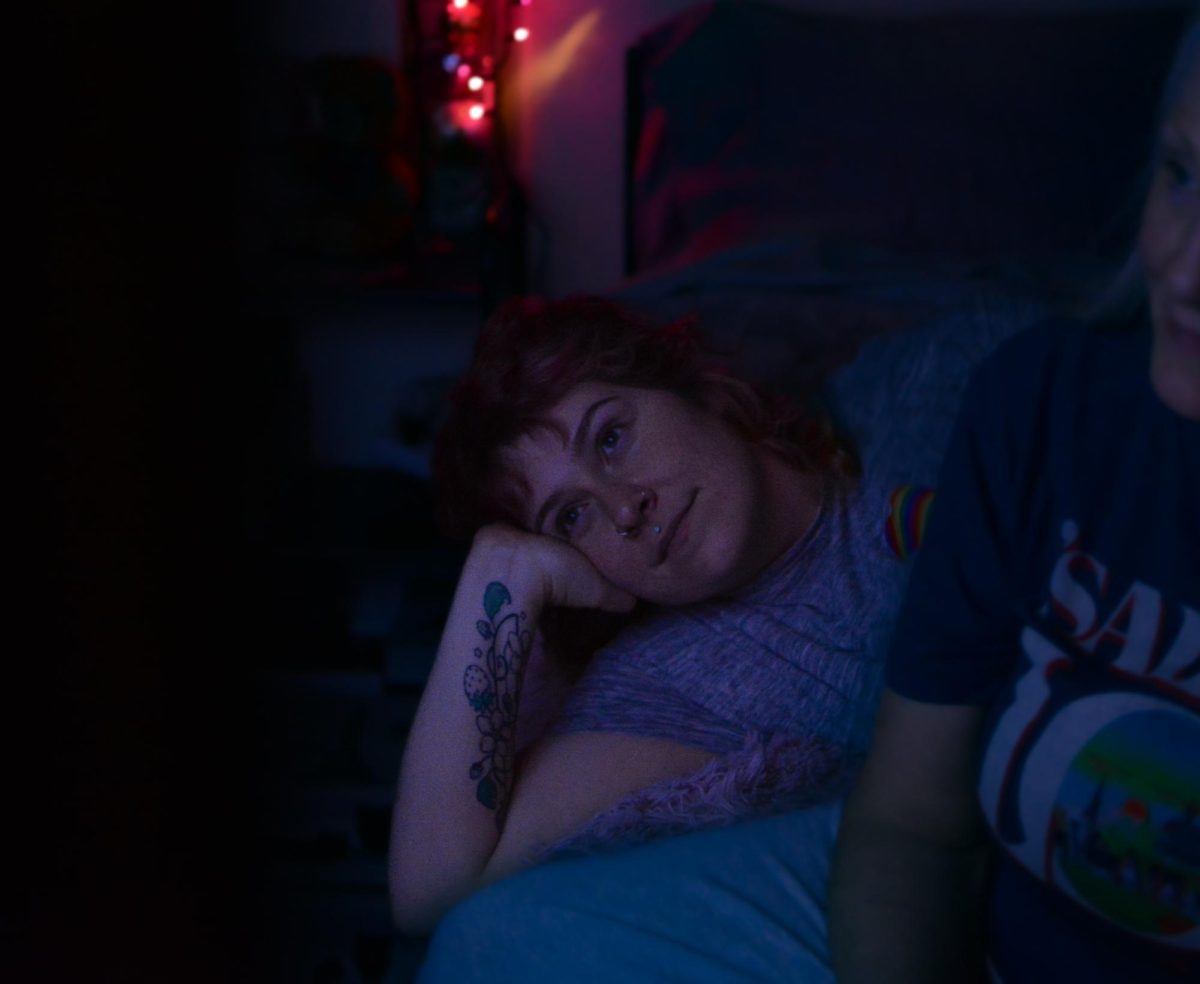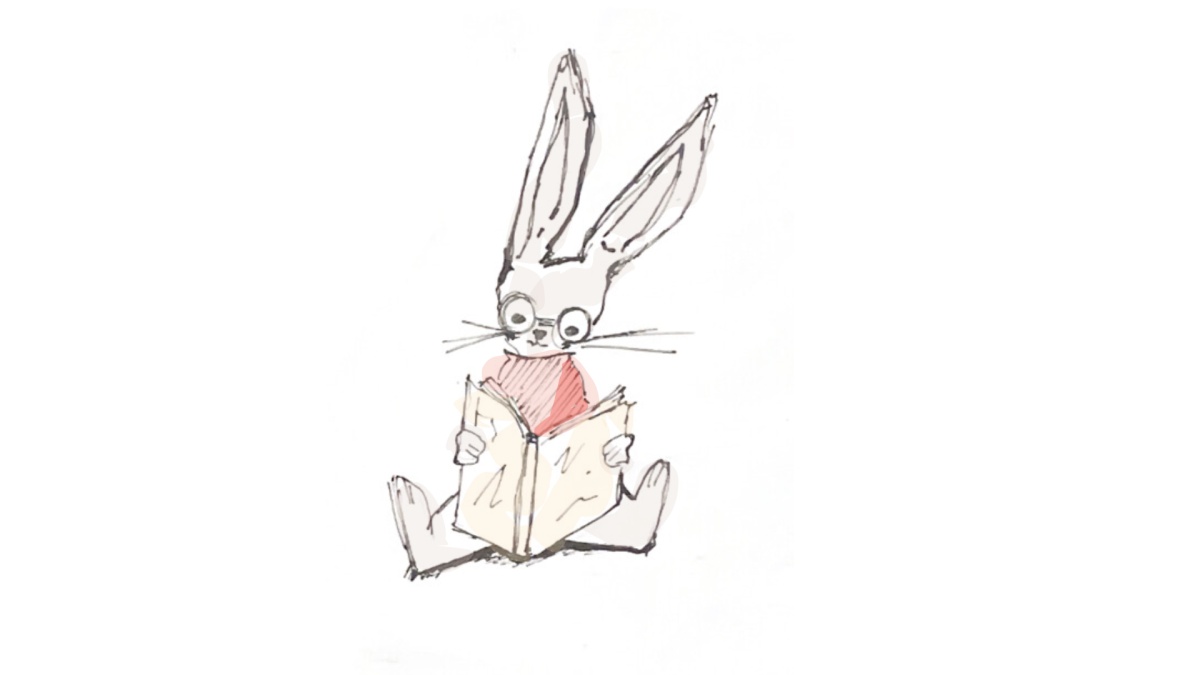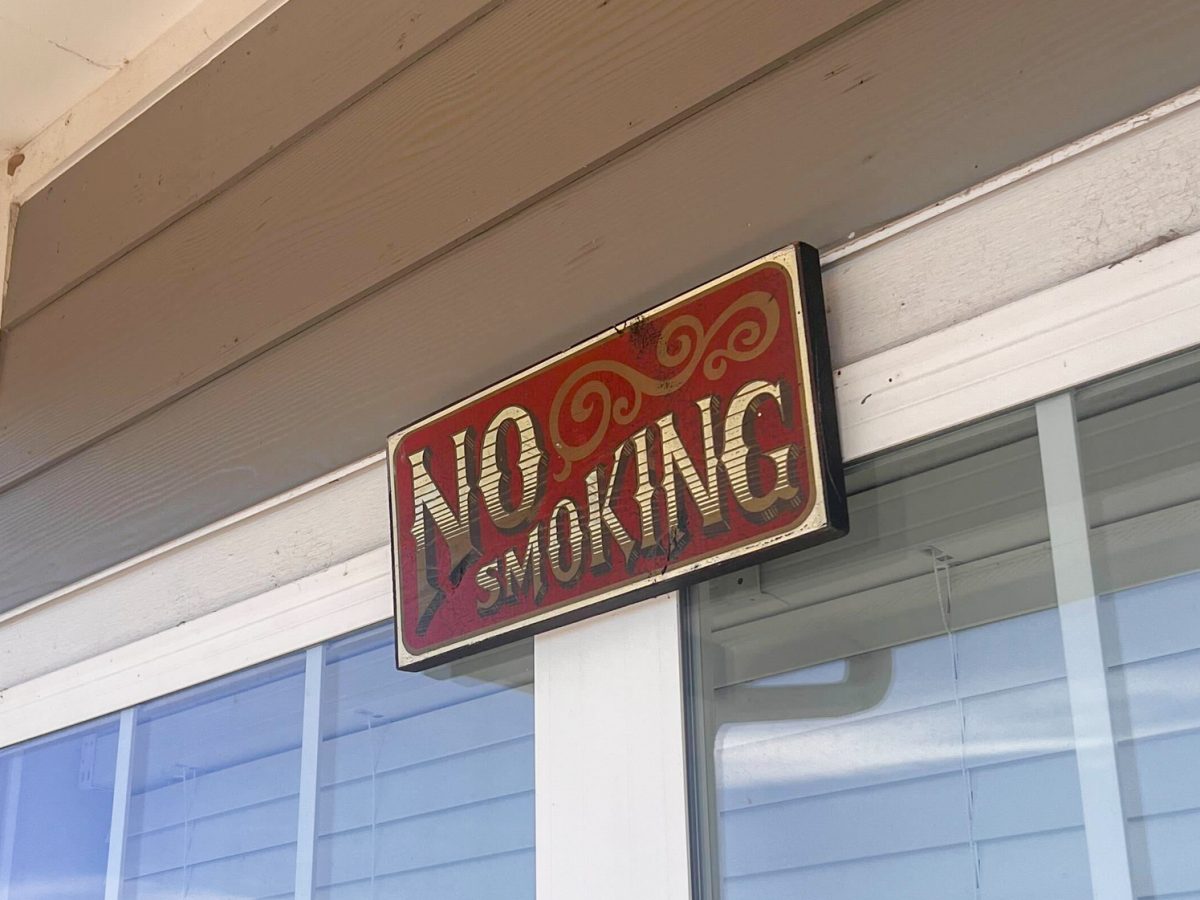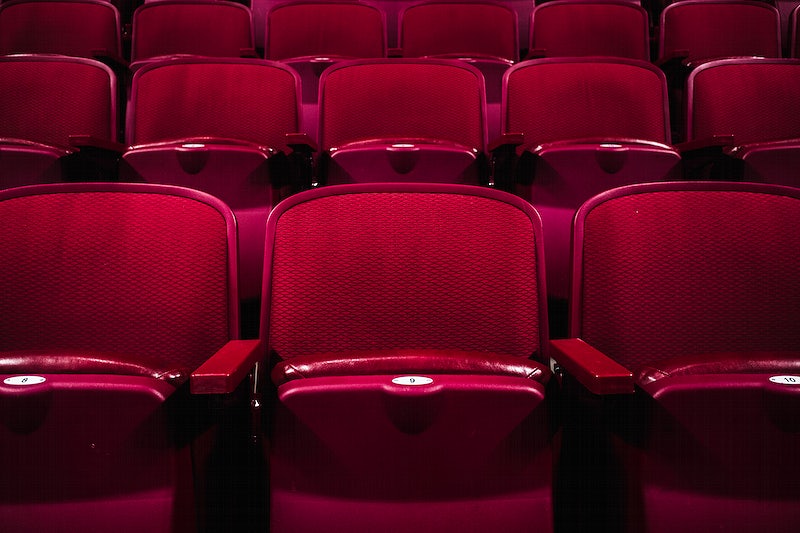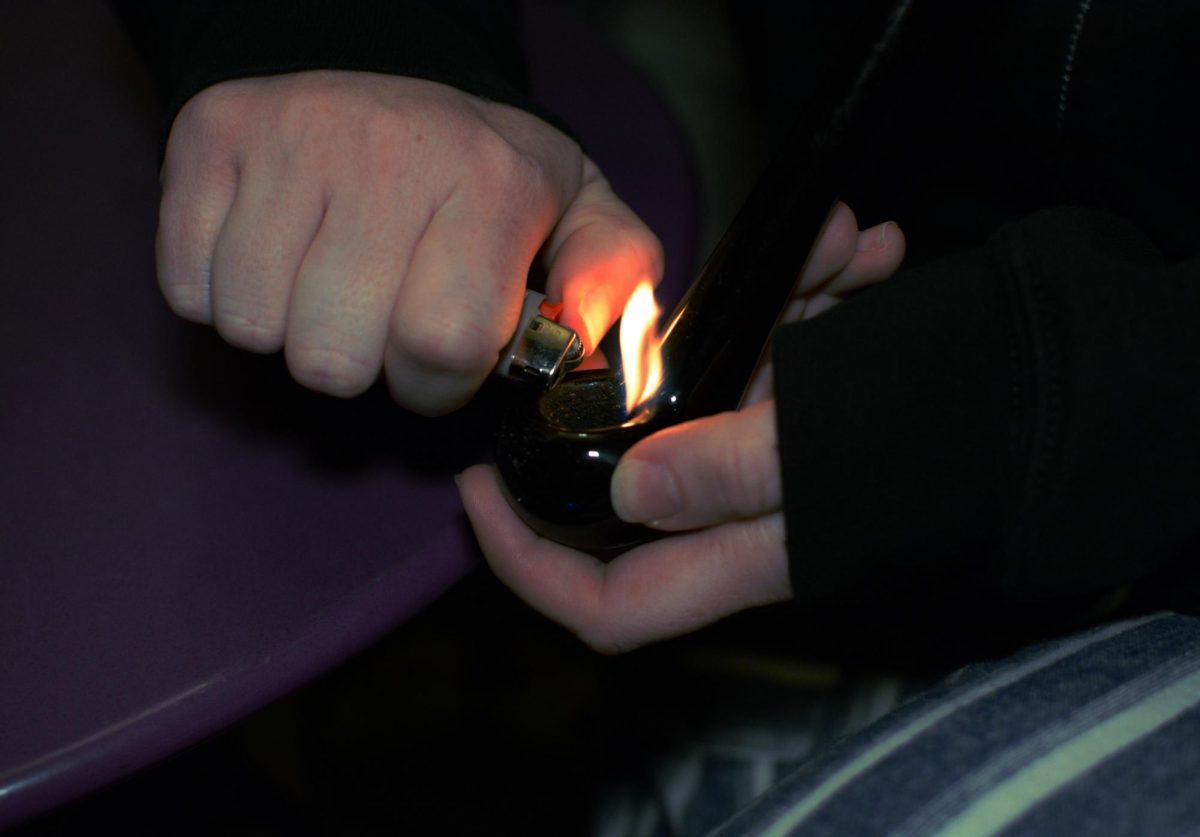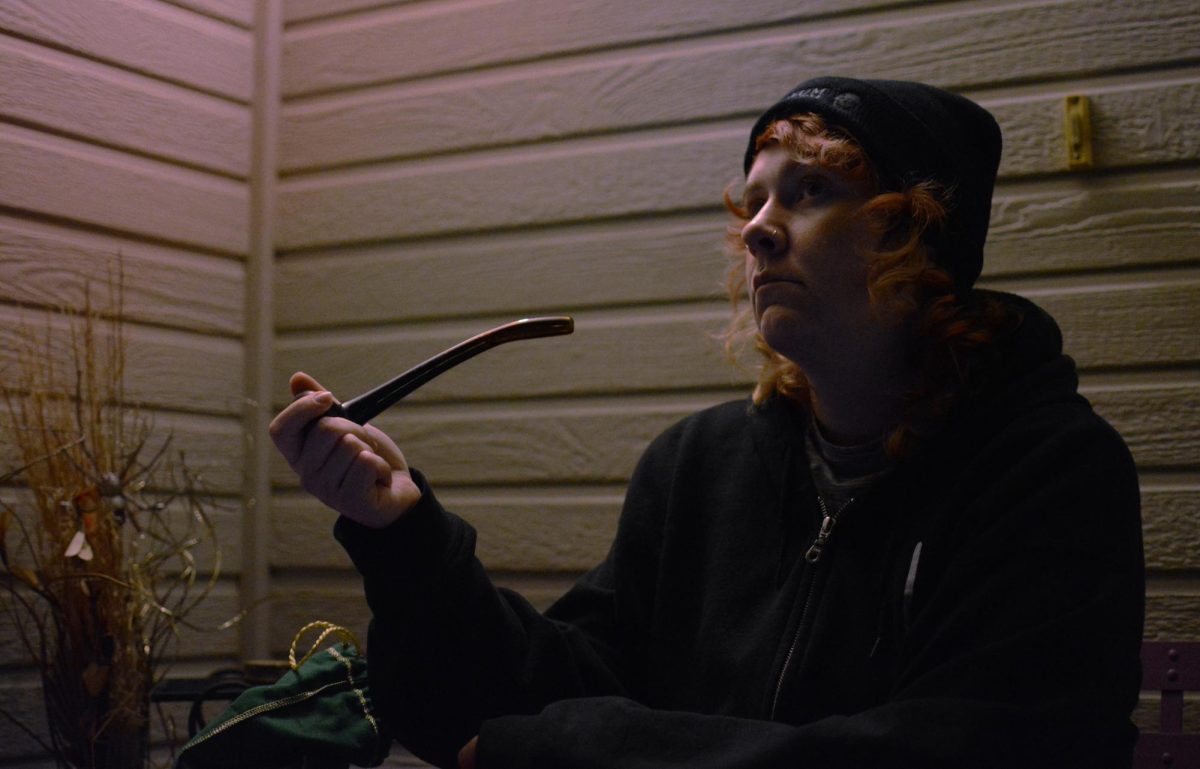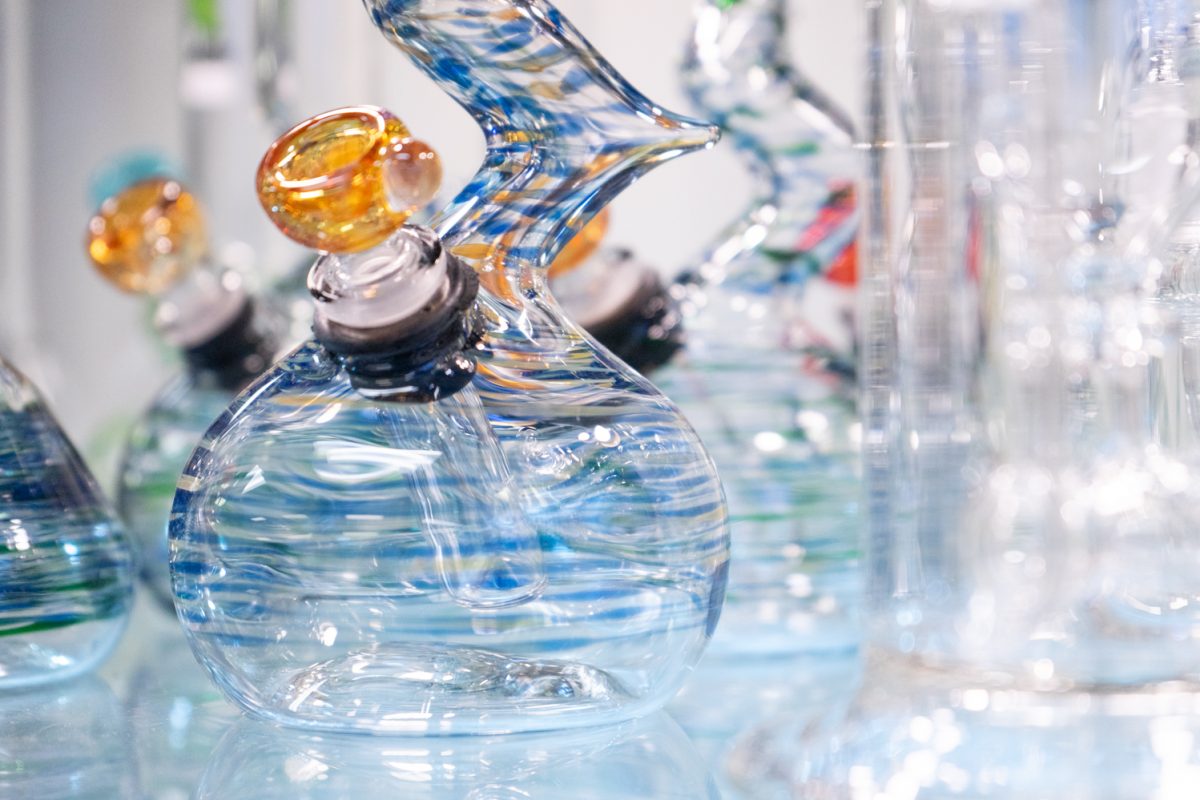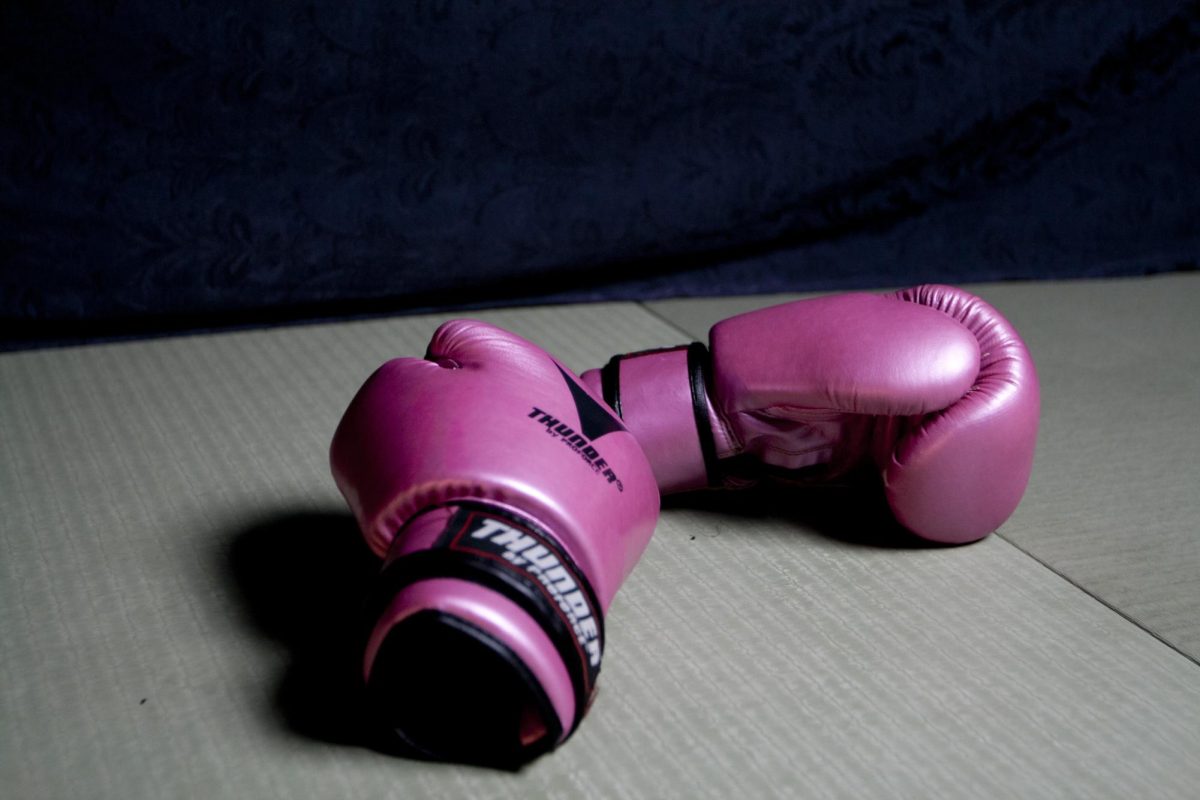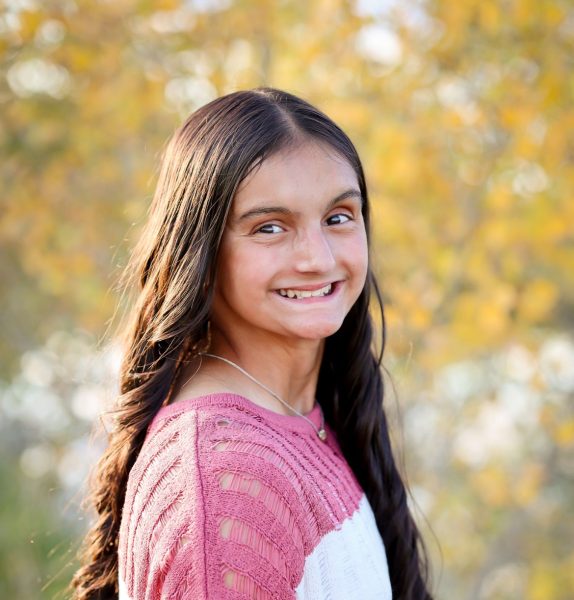As the sun shines down on Fort Collins, everything that is in its path glows—including the turf that lays on CSU’s very own Canvas Stadium. This addition to the stadium brought conversation, spurring debates among patrons around both sustainability and athlete-safety, and why artificial turf was selected instead of natural grass.
Environmental pros of turf:
Artificial turf has often been discussed as an alternative to natural grass and, perhaps surprisingly, it offers several environmental benefits. One of the most significant factors is water conservation. A report by the Vancouver Board of Parks and Recreation reported that an irrigated, natural grass field of 1.6 acres (slightly larger than the average American football field) uses about 1.4 million gallons of water per year. Artificial turf, on the other hand, removes the need for irrigation altogether, saving substantial amounts of water.
Another advantage is the elimination of pesticides, generally used to maintain grass fields. Besides the potential of direct impact on the players’ health, these pesticides are also prone to contaminating ground and surface water.
Environmental cons of turf:
Although benefits have been found with the implementation of turf, it’s important to keep in mind that, because turf is generally made from plastic, it has its downsides. For instance, artificial turf is non-biodegradable, meaning that when it is disposed of, it will remain in the environment for a long period of time. Depending on the type of plastic the turf is made from, it can take anywhere from 20 to 500 years to decompose. Importantly, the production of turf also requires a significant amount of energy and toxic chemicals.
Why are stadiums switching to turf?
As noted, there are some negative factors that come with implementing turf. So why is it being considered? Additionally, why did CSU, which is known for being sustainable and “Finding Our Energy” make the decision to utilize turf instead of grass? Many schools simply find turf to be a cheaper alternative to the upkeep that comes with natural grass and consider turf a safer alternative for athletes, as it reduces physical stress upon collision. CSU also finds that turf drives athletic performance, improves field durability, and promotes water conservation. According to an article Fort Collins’ local newspaper The Coloradoan published when CSU first installed turf, the material was chosen early on in the design process. The school wanted to implement a consistent playing surface that could withstand all conditions, which natural grass could not do. The article also states that turf comes with lower maintenance costs, which contributed to the ultimate decision to pursue that material.
Are there more injuries with turf?
Although the preference for playing on real grass or artificial turf depends on the athlete, some studies have shown that some injuries can still be attributed to turf fields. According to the Mass General Brigham healthcare system, frustrated athletes are quick to blame the surface beneath them, and usually, there is one common denominator: turf. Feet tend to move with actual dirt when jumping or making sudden movements; however, turf is like cement and limits those quick movements.
CSU’s Head Football Athletic Trainer’s opinion on turf:
When it comes to whether or not there are more injuries on turf, CSU’s Head Football Athletic Trainer, Greg Jensen, says it’s hard to quantify. Jensen says he can’t speak on the difference in number of injuries related to the material of the field, because “The technology of footwear has come a long way, and so I don’t know, but I don’t really have anything to compare it to,” he states. “Because we don’t do anything on natural grass now, so it’s hard to say if there are more or less injuries or how it has had an impact.” That being said, because there isn’t really a control group, Jensen does not have any specific tips to share on how to prevent turf injuries. However, he believes injuries can happen on any surface. “That can be a perfectly flat basketball court or a tennis court,” he states. “Or a natural grass field, turf, field, whatever the case might be, but I think it all comes down to your training for that particular sport. I think every sport probably has its own nuances or injuries that are more prevalent than others.”
Jensen believes that if you can address your training and design of your practices, then he supposes there’s a potential there to at least try to control what you can. “But it’s just by the nature of the sport, or especially a sport like football, where you are reacting to what another individual or a group of individuals are doing, there’s only so much that you can control.” When it comes to Jensen’s personal opinions on turf, he believes that in a place like Colorado, where we have four seasons, turf makes sense because it’s a more reliable surface in July as it is in December. “You can go out there and plow snow off of it, and you kind of know what you’re going to get, versus trying to grow grass in December in Colorado, it’s a little bit harder.” Therefore, because our climate always changes, he believes turf is the better option.
Cost difference between real and fake grass:
Turf installation can be pricy, with the average field costing between $850,000 to $1,000,000, according to Safe Healthy Playing Fields. This initial cost doesn’t include the cost of equipment, supplies, and labor costs, which range from $23,250 to $127,000. Grass fields, on the other hand, fall between $100,000 to $820,000. The prices for natural grass vary significantly depending on the quality of their irrigation systems, and their maintenance ranges from $42,800 to $205,500 for natural grass.
All in all, turf and its impacts are seen very differently by everyone. Some believe turf is the way to go, while others are fine with natural grass and believe that there isn’t any reason to change what is already given. However, turf is starting to make a more drastic appearance between all stadiums and fields, from Little League to the NFL. Can the takeover of turf be too harmful? I guess only time will tell.

